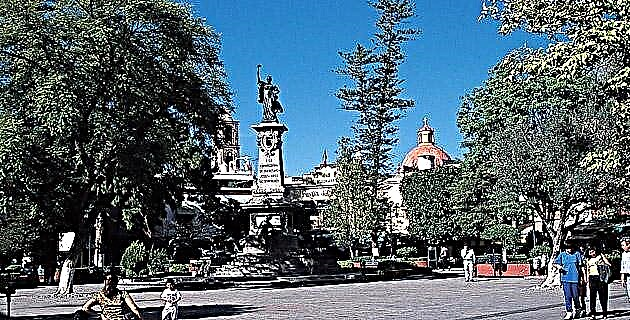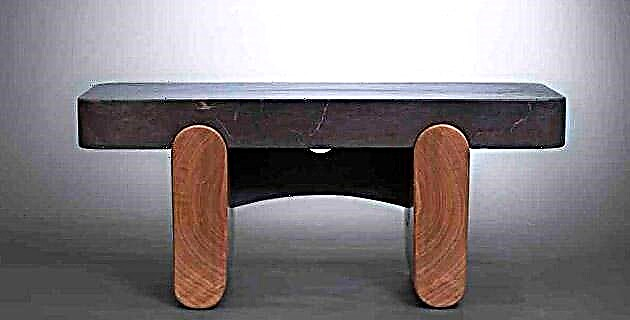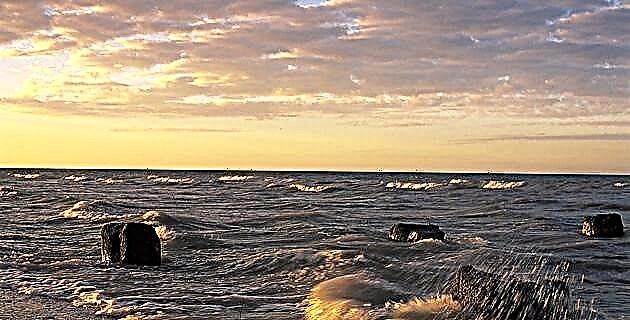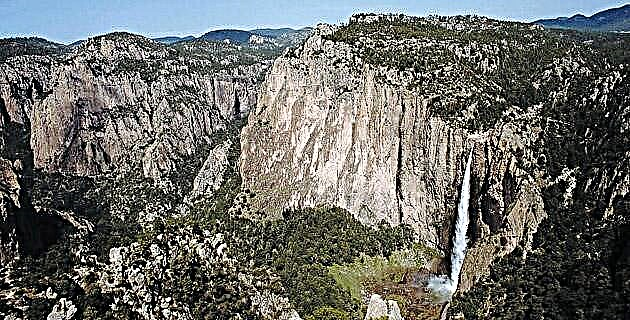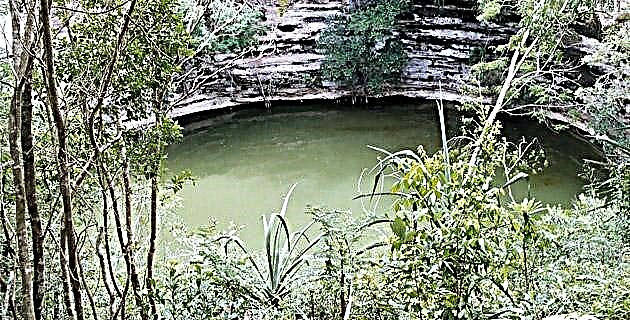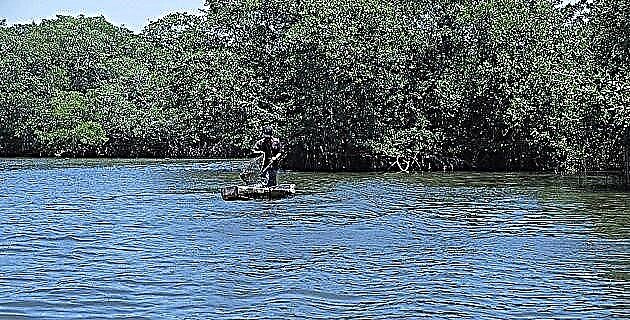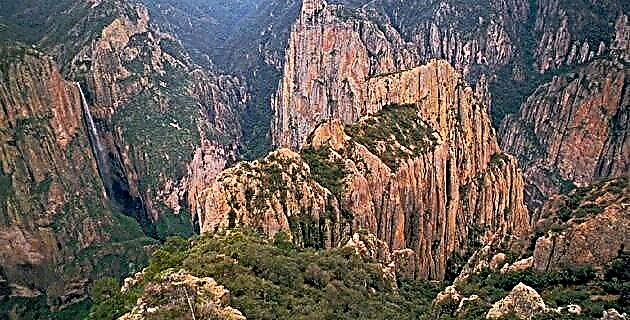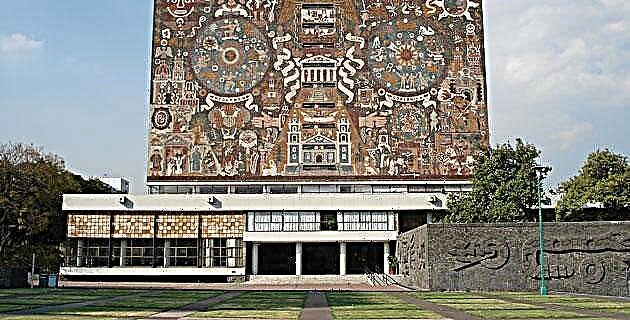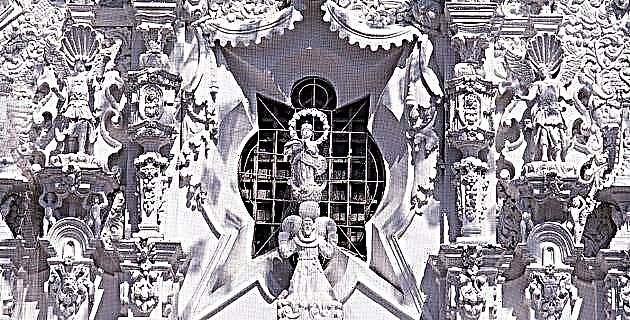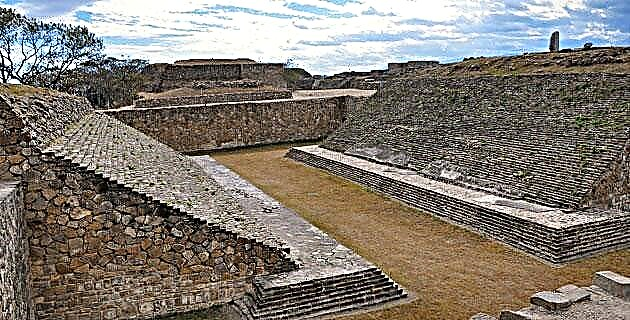
A set of hills located in the center of the valley of Oaxaca sheltered one of the oldest cities in the American continent: Monte Alban, capital of the Zapotec culture and the most important political and economic center of the region in pre-Hispanic times.
The construction of the first public and religious buildings, accompanied by other works, such as patios, squares, ramparts, palaces and tombs began around 500 BC, although the rise of Monte Albán occurred between 300-600 AD. when the city experienced an important development in all areas; An example of this was ceremonial architecture, consisting of large stepped foundations, topped by temples erected in honor of the deities of agriculture, fertility, fire and water. Notable in civil architecture are the luxurious palace-type houses, administrative headquarters of nobles and rulers; under the courtyards of these enclosures stone tombs were built for the eternal rest of their inhabitants.
The rest of the population was concentrated on the periphery of public spaces. The houses consisted of simple constructions with stone foundations and adobe walls. Within the city it is possible that various neighborhoods have been founded, according to the type of occupation of its inhabitants, such as potters, lapidaries, weavers, merchants, and so on. It is estimated that by this time the city covered an area of 20 km2 and the population reached a density of 40,000 inhabitants.
Everything indicates that Monte Albán achieved its expansion through military conquest, the capture of rival rulers and the payment of tributes from the subjugated peoples. Among the products collected as a tax and others more obtained through exchange were various foods, such as corn, beans, squash, avocado, chili and cocoa.
In the flowering period, cultural expressions show a diversification of productive and artisan activities. In Monte Albán, earthenware was made for everyday use: plates, pots, glasses and bowls, and stone instruments such as knives, spearheads, and obsidian and flint blades.
It is clear that there was a definite contrast between the domestic life of the majority of the population and that of those minority groups of sages, priests and healers, who concentrated knowledge, interpreted the calendar, predicted celestial phenomena and healed the sick. Under his guidance monuments, temples and stelae were built, and they also directed festivities and served as intermediaries between men and deities.
Around 700 A.D. the decline of the city began; large-scale construction works ceased, while a significant reduction in population ensued; many residential areas were abandoned; still others were walled in to stop the invading armies from entering. It is possible that the decline of the city was due to the depletion of natural resources, or possibly the struggle of internal groups for power. Certain data suggest the overthrow of leaders by the less favored social classes given the evident degree of inequality that had prevailed and the lack of opportunities to access consumer goods.
The Zapotec city remained unoccupied for several centuries, but around the year 1200 AD, or perhaps a century earlier, the Mixtecs, coming from the northern mountains, began to bury their dead in the tombs of Monte Albán; the Mixtecs brought with them new traditions that can be seen in the architectural styles; They also worked metallurgy, made codex-type painted books, and introduced various raw materials and different techniques for making ceramic, shell, alabaster and bone pieces.
The most obvious example of these cultural changes is represented by an exceptional treasure, of clear Mixtec manufacture, which was found in Tomb 7, discovered in 1932. However, the metropolis settled at the top of the mountain would never recover its splendor, remaining as a mute witness of the greatness of the ancestors who inhabited these lands.

